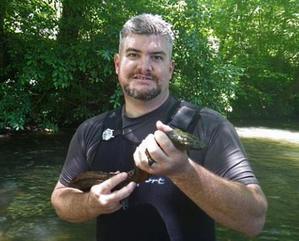 From the Georgia DNR Georgia Wild newsletter:
From the Georgia DNR Georgia Wild newsletter:
Eastern hellbenders have become a bit less elusive in north Georgia.
DNA analysis of water samples from 98 sites across the top of the state have provided Department of Natural Resources wildlife biologist Thomas Floyd a clearer picture of where the massive salamanders are still found in Georgia.
Floyd said the collaborative research with The Orianne Society (“Hellbenders in a bottle,” Sept. 30), part of a larger State Wildlife Grants project aimed at conserving Georgia amphibians and reptiles, “has given us a better idea of hellbender distribution and will allow us to concentrate our conservation efforts.”
That’s good for hellbenders and the scientists who study them (video)….
Hits and misses
The eDNA analysis confirmed the presence of hellbenders at six of 10 historical sites where they had not been seen in at least five years, 13 of 25 streams that had not been physically surveyed before and one site where hellbenders had been reported but researchers had been unable to find them in recent surveys. Also, although what looks like suitable habitat is found in streams that drain into the Chattahoochee, Conasauga, Etowah, Oostanaula and Savannah rivers, samples confirmed the presence of hellbenders only in the Tennessee drainage.
Some results were sobering.
Floyd, who works for DNR’s Nongame Conservation Section, said lab analysis showed that DNA amounts at historical sites that tested positive were minimal compared to levels found in streams with healthy populations. Also, eDNA tests did not detect hellbenders in any northwest Georgia stream, including those in the Tennessee basin where the species had been seen before.
“Hellbenders weren’t even detected from a stream stretch where a specimen was found in 2011, which indicates that – like several of the historical sites – the populations there are likely really small and it is uncertain as to whether they can persist into the future,” Floyd said.
He is disappointed by the lack of hits outside the Tennessee drainage, but says the research will lead to more efficient conservation. “We don’t have to expend time, effort and resources surveying, even in really good habitat, where we now know that hellbenders don’t occur.”
Read the rest of the article in Georgia Wild, here.
See a previous Georgia Wild article on hellbenders, here. It details the sampling technique. (And keep following the links back to trace the project to its beginnings.)
Photo: Biologist Thomas Floyd with a hellbender. Ga. DNR
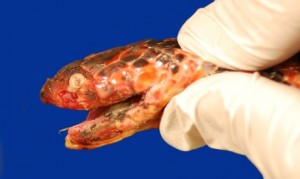 Snake Fungal Disease was identified in a mud snake found on the edge of a blackwater swamp near near Statesboro, Georgia, according to a press release from Georgia Department of Natural Resources’ Nongame Conservation Section. The fungal disease was confirmed by the Southeastern Cooperative Wildlife Disease Study, the release notes.
Snake Fungal Disease was identified in a mud snake found on the edge of a blackwater swamp near near Statesboro, Georgia, according to a press release from Georgia Department of Natural Resources’ Nongame Conservation Section. The fungal disease was confirmed by the Southeastern Cooperative Wildlife Disease Study, the release notes.
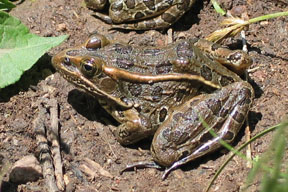 Japanese stiltweed is an invasive grass species that out-competes native species in wetlands, forests and other areas. Recent research at the University of Georgia found that it isn’t doing any favors for the American toad either, a post in
Japanese stiltweed is an invasive grass species that out-competes native species in wetlands, forests and other areas. Recent research at the University of Georgia found that it isn’t doing any favors for the American toad either, a post in 
 From the Georgia DNR Georgia Wild newsletter:
From the Georgia DNR Georgia Wild newsletter: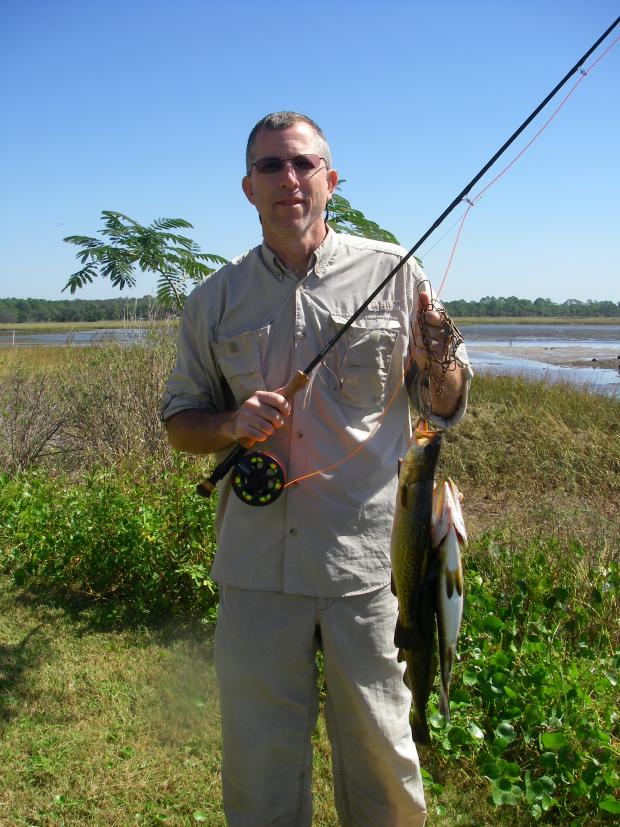 According to
According to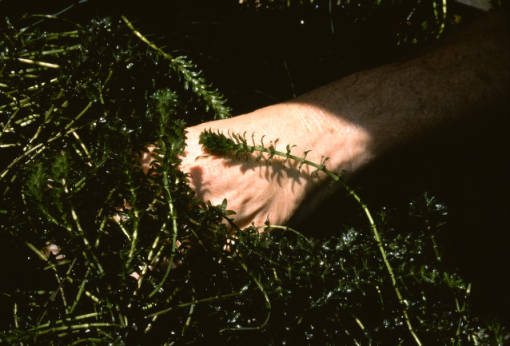 Clarks Hill Lake in Georgia was home to seven bald eagle nesting territories a few years ago. Today, only one nesting territory on Clarks Hill remains. The culprit is Avian Vacuolar Myelinopathy, or AVM, a mysterious syndrome that has killed thousands of coots and dozens of bald eagles in the southeastern United States, says
Clarks Hill Lake in Georgia was home to seven bald eagle nesting territories a few years ago. Today, only one nesting territory on Clarks Hill remains. The culprit is Avian Vacuolar Myelinopathy, or AVM, a mysterious syndrome that has killed thousands of coots and dozens of bald eagles in the southeastern United States, says 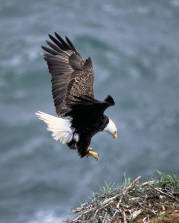 Bald eagle numbers are up in Georgia and Massachusetts, and a Wisconsin county has seen its first bald eagle nest in over 100 years.
Bald eagle numbers are up in Georgia and Massachusetts, and a Wisconsin county has seen its first bald eagle nest in over 100 years.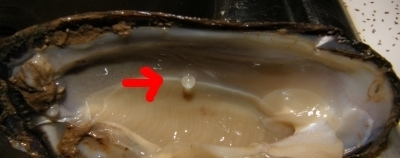 If you work with freshwater mussels, you know that their larval form, known as glochidia, often must live as a parasite in a suitable species of fish to survive. Georgia Department of Natural Resources (DNR) and University of Georgia scientists have discovered that that relationship may work the other way as well: in 2009 DNR zoologist Jason Wisniewski found a developing shad egg inside the shell of a freshwater mussels.
If you work with freshwater mussels, you know that their larval form, known as glochidia, often must live as a parasite in a suitable species of fish to survive. Georgia Department of Natural Resources (DNR) and University of Georgia scientists have discovered that that relationship may work the other way as well: in 2009 DNR zoologist Jason Wisniewski found a developing shad egg inside the shell of a freshwater mussels.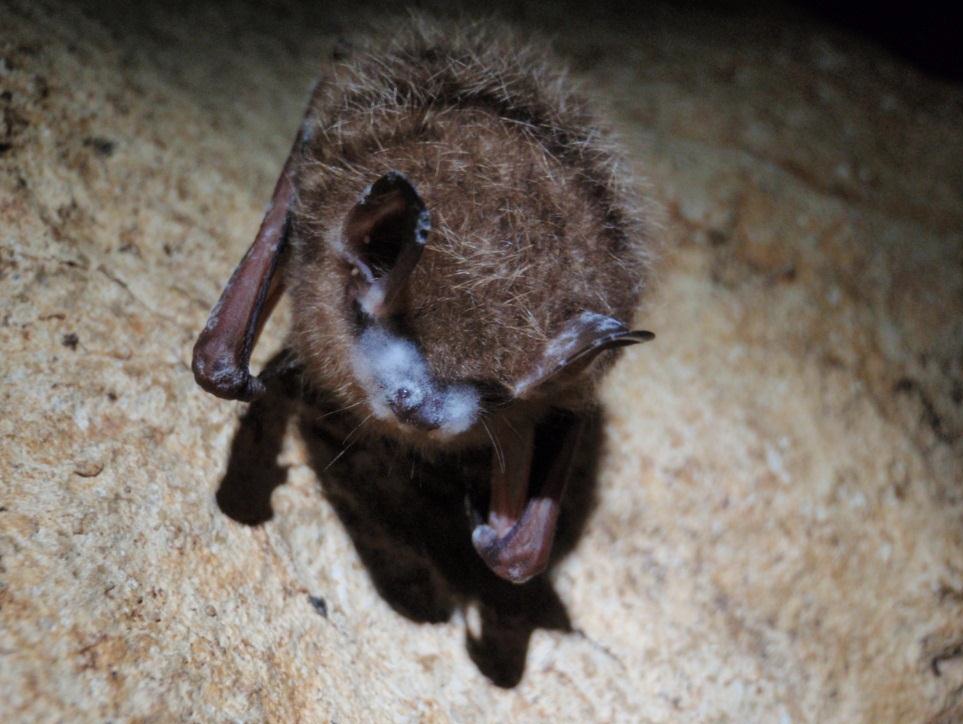 According to a
According to a